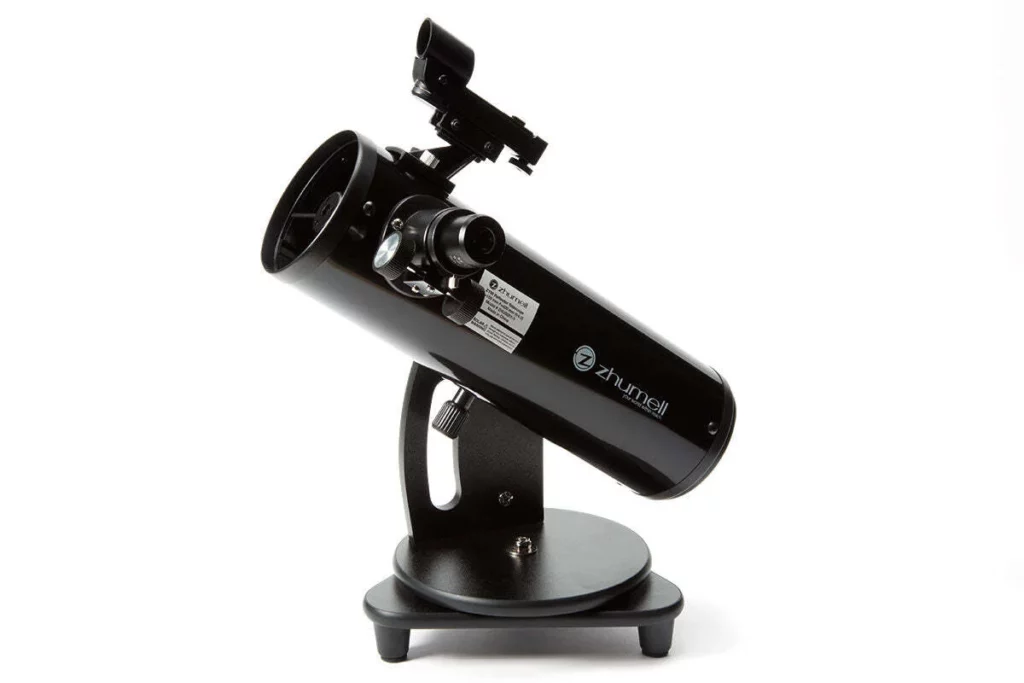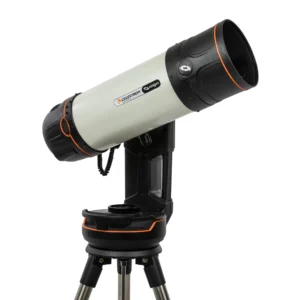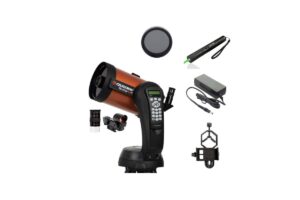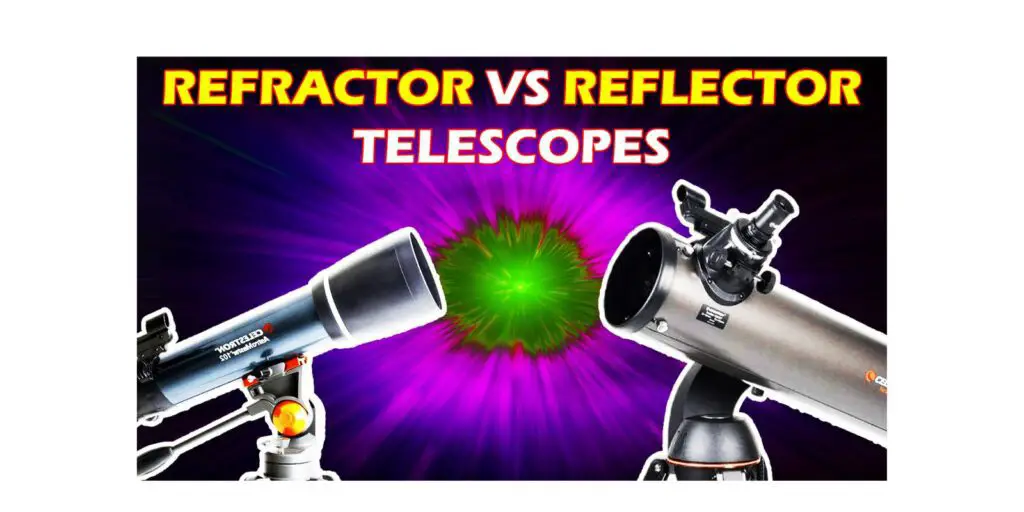
When you are new to astronomy and stargazing, you will come across lots of different technical information. This can be very overwhelming and might discourage a newbie from continuing with this hobby. That’s why on this website we try to simplify the complex things about telescopes, and that’s why you should subscribe to our email newsletter to learn more stuff. While buying a telescope, you will find there are different types of telescopes. Previously, we have explained what these different types of telescopes are. In this article, we will see the differences between refractor and reflector-type telescopes.
Refractor Telescope
A refractor telescope is the origin of the telescopes. The first telescope ever made was the refractor telescope. Its design is very simple. It has a lens at the front and an eyepiece at the back. The light passes through the telescope lens to the eyepiece. The distance light travels from the lens to the eyepiece is its focal length. If you want to learn more about focal lengths, then you should read this article.
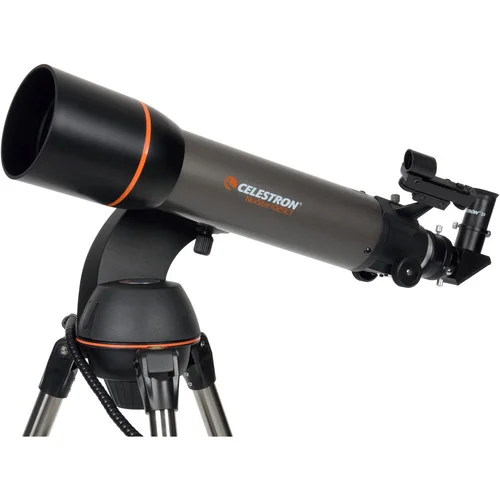
If the focal length of a telescope is longer, then you can get maximum magnification with that telescope. When telescopes were invented, at that time every single telescope was a refractor telescope. So to get more magnification, they built very long tube telescopes.
The refractor telescope uses a lens instead of mirrors. Refractor telescopes get very expensive as the aperture size of the telescope increases. Manufacturing a big-aperture refractor will need a big lens. So manufacturing such a big lens is expensive. So most of the refractor telescopes you will find have an aperture below 5 inches.
Refractor telescope types
The refractor telescope is further divided into two types: an achromatic refractor and an apochromatic refractor. Now, what is the difference between these two types?
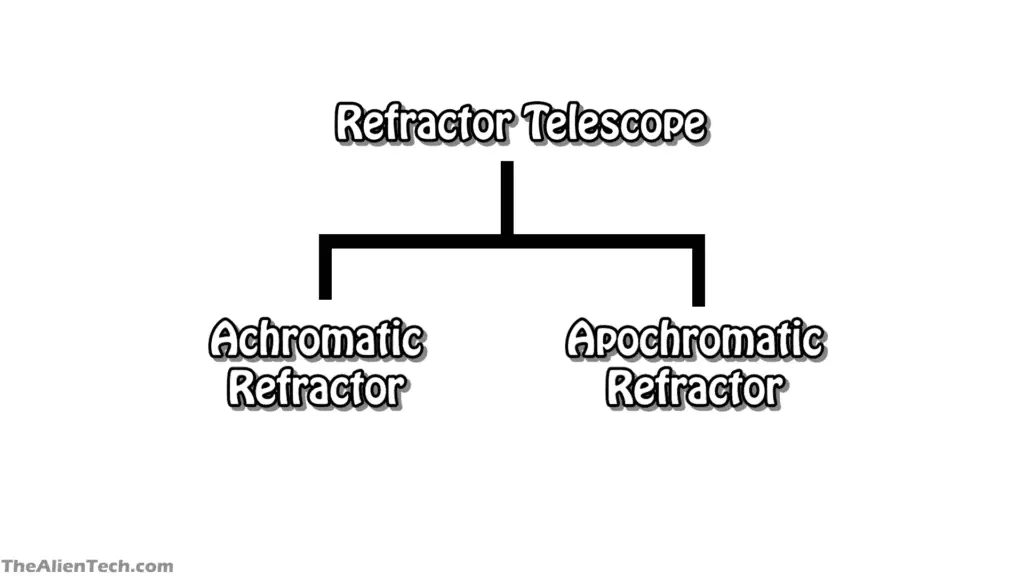
This classification of refractor telescopes is on the basis of how many wavelengths of light it focuses on. Light has three main fundamental colors: red, blue, and green. A normal refractor uses a single lens. But with a single lens, the telescope produces lots of chromatic aberrations. These chromatic aberrations happen because all three colors do not focus on one single point.
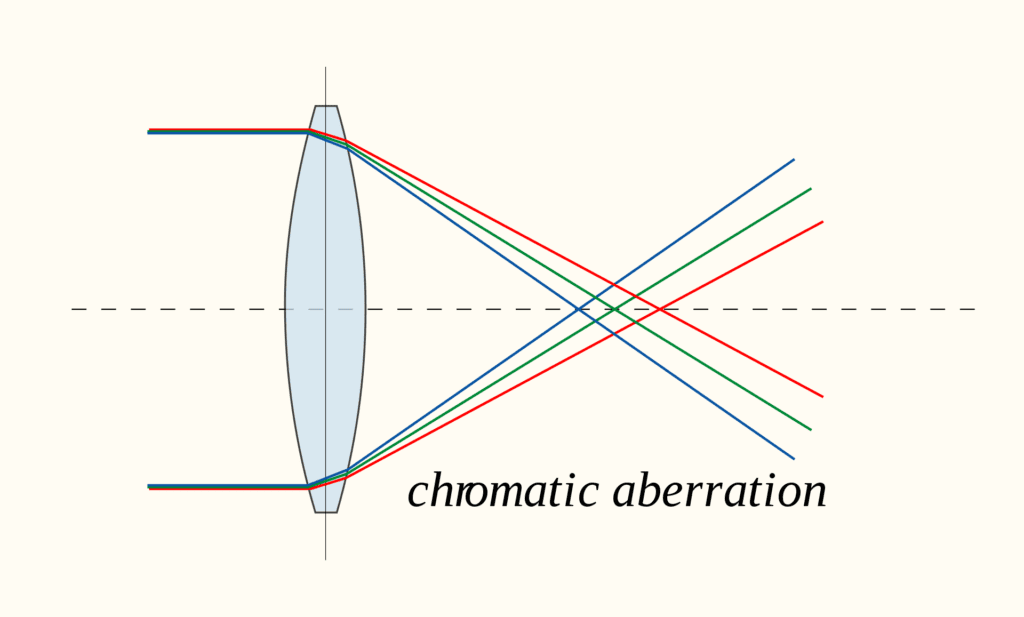
Achromatic refractor-type telescope
To reduce these chromatic aberrations, a second lens is used in these refractors. When a telescope uses two lenses, it is a doublet refractor telescope. An achromatic refractor telescope focuses two wavelengths of light at a single point. This results in fewer chromatic aberrations.
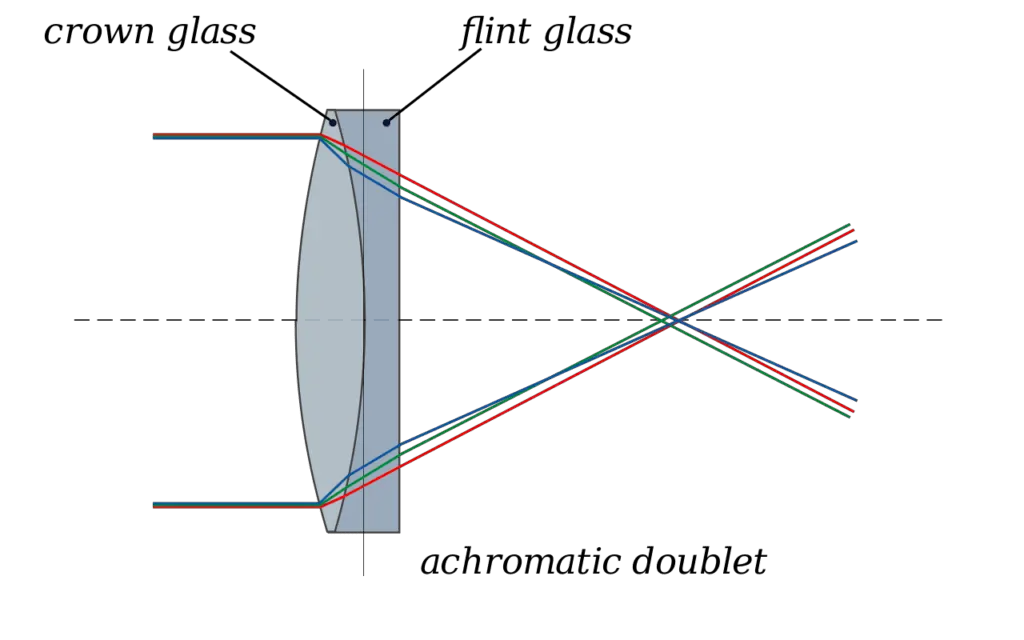
Apochromatic refractor-type telescope
Even with the achromatic refractor, there are still some chromatic aberrations you might notice. So, to get rid of even those chromatic aberrations, the refractor telescope must focus all three wavelengths at one point.
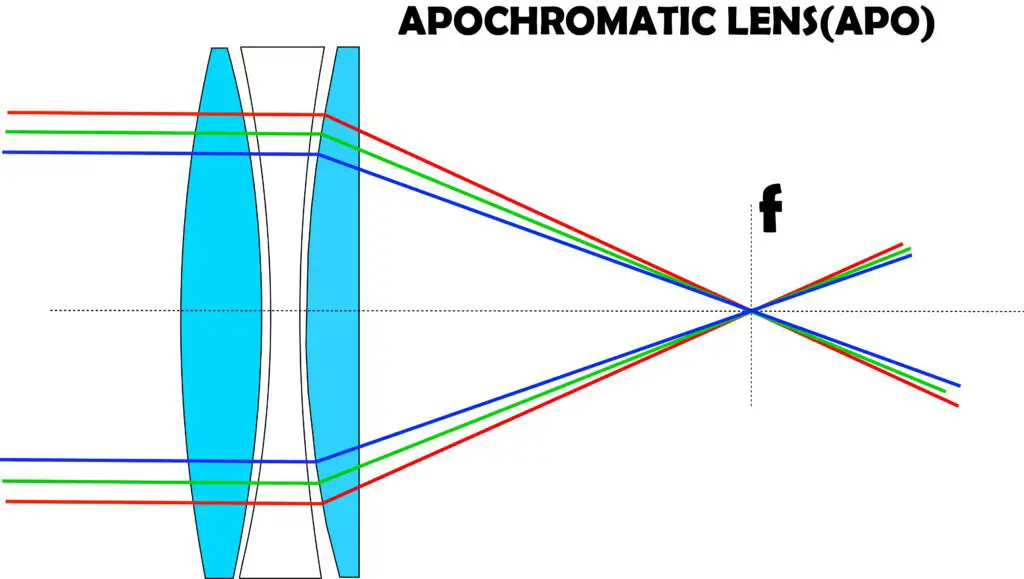
The apochromatic refractor telescope does the exact same thing. These telescopes usually use three lenses to focus all three wavelengths at a single point. With advancements in lens technology, it is also possible to achieve this by using only two lenses. But the majority of apochromatic refractors you will find use three lenses.
The apochromatic refractor telescope is more expensive than the achromatic refractor telescope. If you just want to observe celestial objects, then your best option is to stick with an achromatic refractor telescope. Apochromatic telescopes usually give better and sharper images, which are good for astrophotography. Most Astro-photographers prefer an apochromatic telescope over an achromatic telescope. So if you want to do astrophotography, then an apochromatic telescope is for you.
Advantages of refractor telescopes
- The image quality you get with a refractor telescope is good.
- These telescopes do not need any collimation.
- These telescopes are closed-tube telescopes, so they do not need frequent cleaning.
Disadvantages of refractor telescopes
- These telescopes use lenses that cause refraction of light, and because of this, they suffer from chromatic aberrations.
- A larger lens is very costly to manufacture. So these telescopes get very expensive with an increase in aperture size.
Reflector Telescope
A reflector telescope does not look like a traditional telescope. These telescopes use mirrors instead of lenses to collect light. The eyepiece of the reflector telescope is at the front. You can recognize a reflector telescope just by the position of its eyepiece.
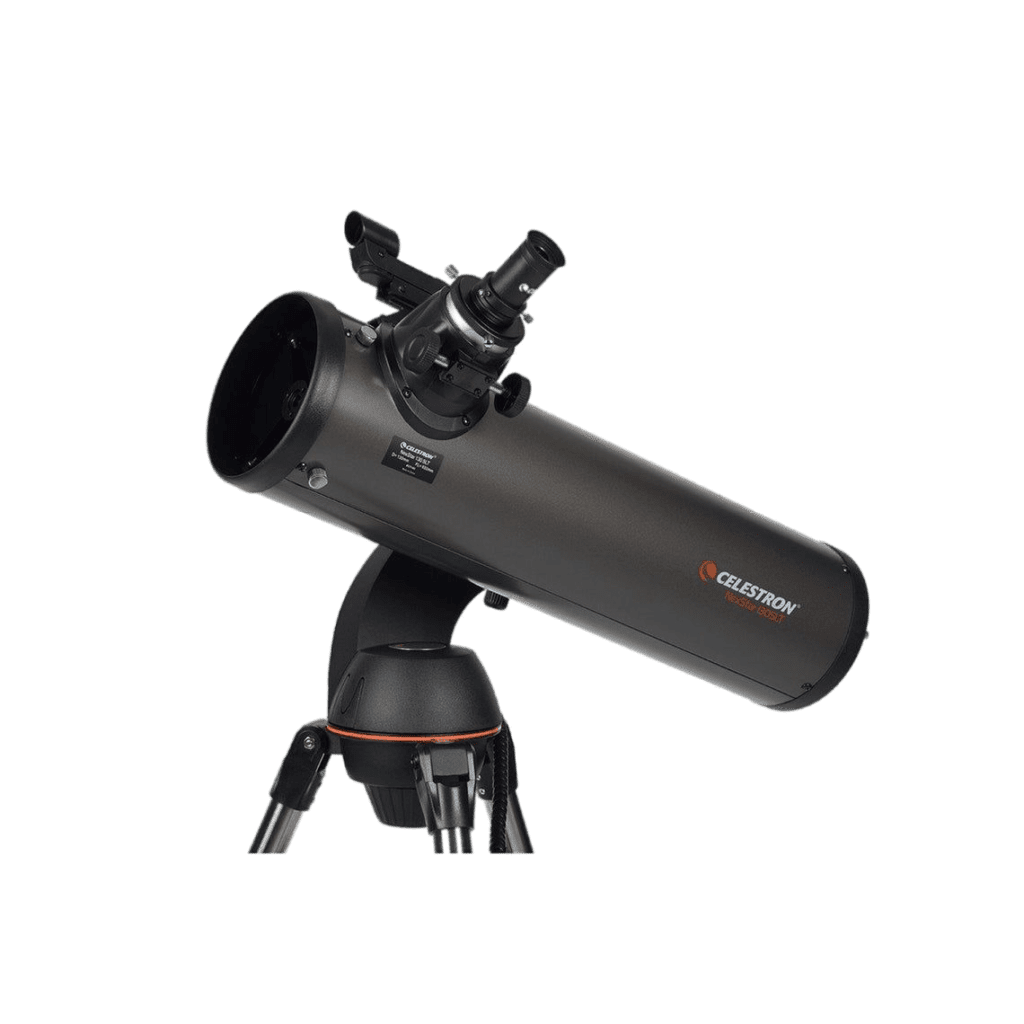
A typical reflector telescope has two mirrors. One mirror is at the bottom of a telescope. This mirror collects light and then reflects it onto the secondary mirror. From the secondary mirror, the light is directed toward the eyepiece or a camera.
Reflectors are also called Newtonian reflectors. Initially, when the concept of a reflector telescope surfaced, they were thinking of using only one primary mirror and an eyepiece at the front. But this design limited the amount of light collected by the primary mirror because the person’s head blocked the primary mirror. Sir Isaac Newton came up with the idea of putting a plane mirror at an angle of 45 degrees at the front and diverting the light to the side of a telescope tube, which ultimately shifted the whole eyepiece to the side of a telescope.
Another type of reflector telescope is the Dobsonian telescope. Dobsonian telescopes are precisely the same as Newtonian reflector telescopes. The only difference between these telescopes is that the Dobsonian telescope uses a Dobsonian mount. If you want to know in detail about the Dobsonian telescope then you should read this article.
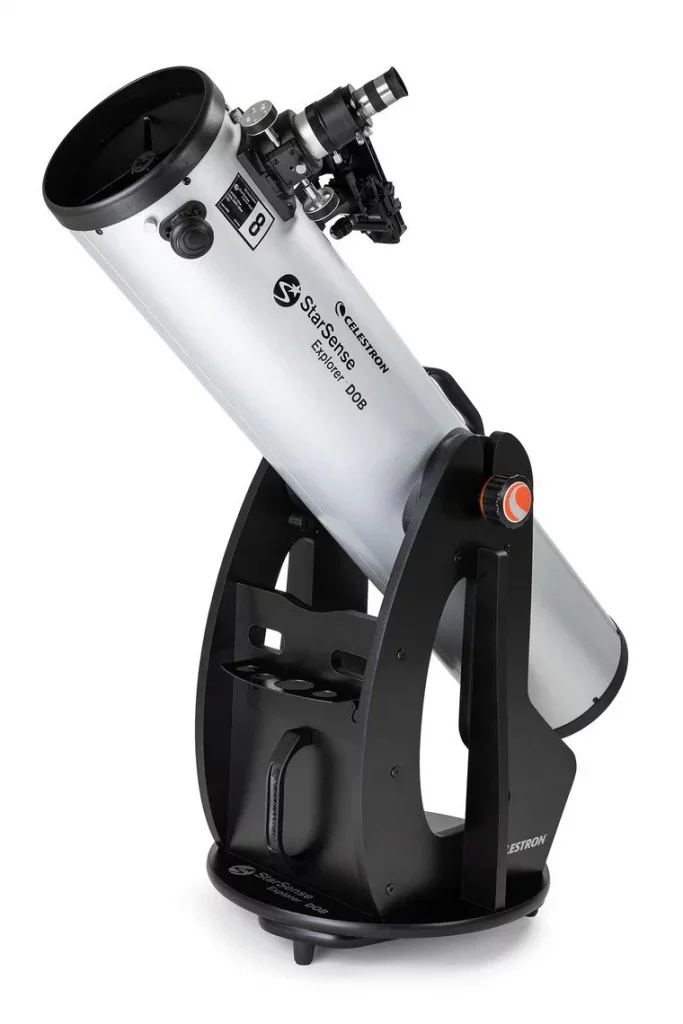
Reflector telescope advantages
- The biggest advantage of a reflector telescope is that it can be made with large apertures. The main component of these telescopes is the mirror. So manufacturing a big mirror is not that costly.
- Refractor telescopes suffer from chromatic aberrations. Reflectors do not use lenses; they just reflect the light they collect. So, they do not suffer from chromatic aberrations.
- These telescopes are lightweight compared to a similar-sized refractor telescope.
Disadvantages of reflector telescopes
- The reflector telescope is an open tube telescope. So they gather a lot of dust and need to clean quite often.
- The mirrors of the reflector telescope need collimation. The time required to collimate your telescope ranges from 5 minutes to 30 minutes, depending on the type of reflector telescope you have.
Recommended Refractor & Reflector telescopes
Refractor telescopes
Celestron – StarSense Explorer DX 102AZ
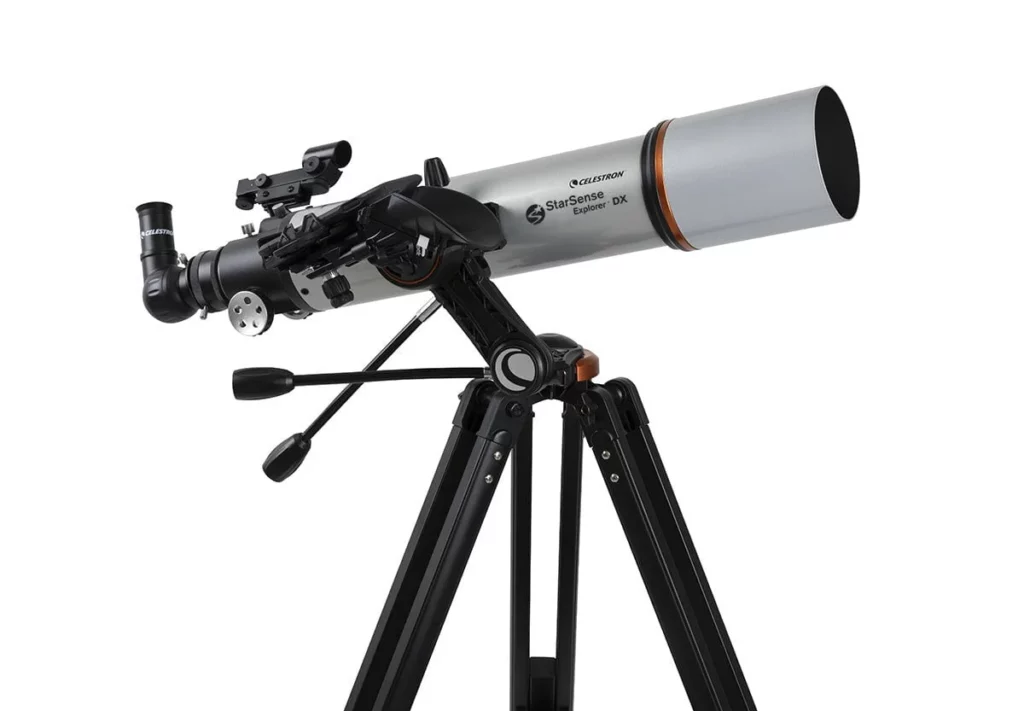
SVBONY SV503 Telescope

Sky-Watcher 102mm Telescope
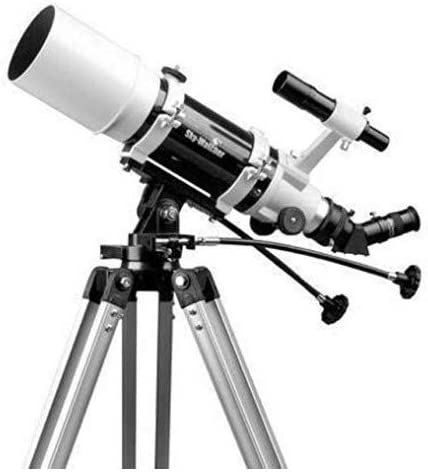
Reflector Telescopes
Celestron NexStar 130SLT

Gskyer 130EQ
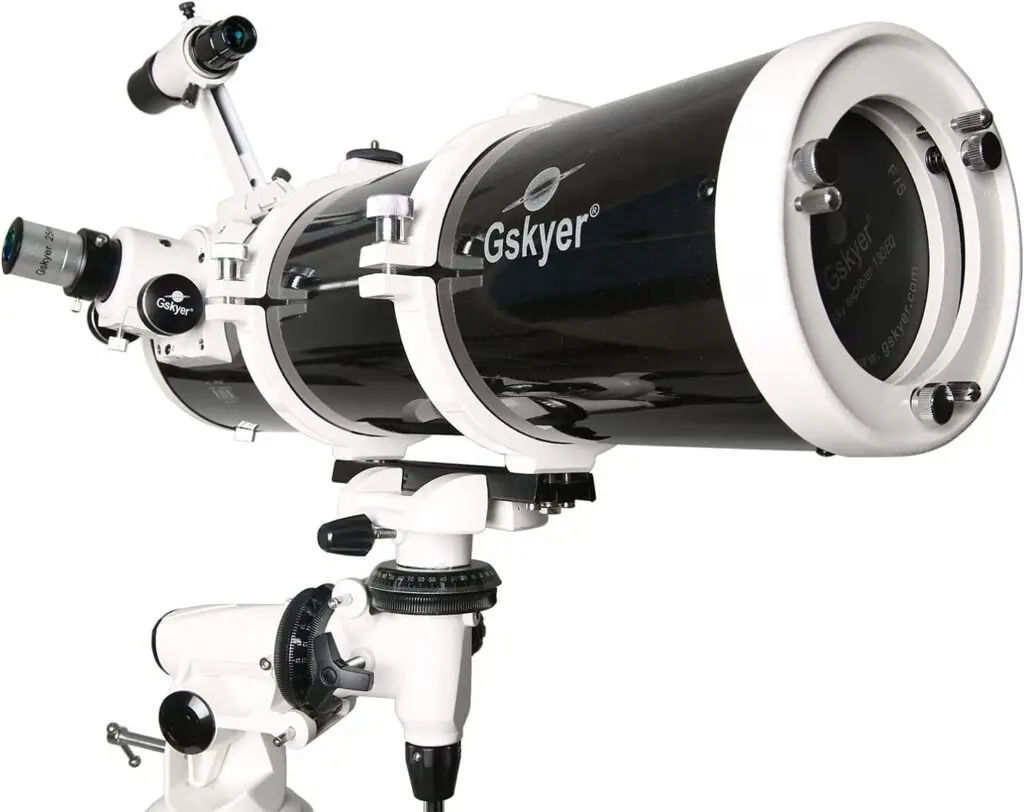
Zhumell Z100 Portable
